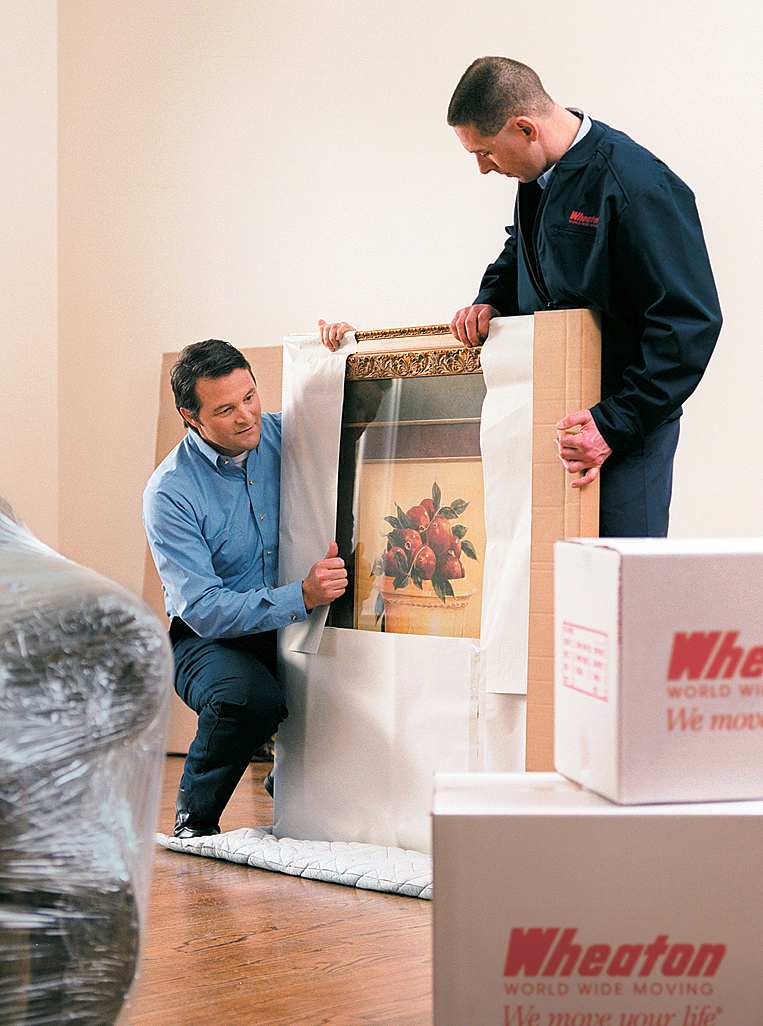
Discover how to hire packers for moving and the best pro for the job. Learn pro services, costs, and tips to compare quotes and book with confidence.
The average shed moving cost is $500
The average cost to move a shed falls between $200 and $1,000.
Most homeowners pay an average of $500 for a standard shed relocation.
Budget-friendly options start at $200, while complex projects can reach $3,500.
Factors like size, distance, and accessibility directly influence your total expense.
Seasonal timing and permit requirements should be considered in your planning.
This article was created using automation technology and thoroughly fact-checked and edited by HomeAdvisor Editor Ryan Noonan.
Relocating a storage shed involves various considerations that affect the final price tag. On average, homeowners spend between $200 and $1,000 on the cost to move a shed, with the national average at $500. For particularly challenging situations involving large structures, long distances, or difficult access points, costs can escalate to $3,500 in some cases. Understanding these price factors helps determine whether moving your existing shed makes financial sense compared to purchasing a replacement.
When requesting quotes from moving professionals, be specific about your shed's characteristics and relocation requirements. Different companies may calculate their fees using varying formulas, so gathering multiple estimates provides a clearer picture of reasonable market rates for your specific situation.
Several key elements contribute to your overall shed relocation expense. These include the dimensions of your structure, transportation distance, workforce requirements, necessary equipment, and any required permits.
The physical dimensions of your storage structure significantly impact moving costs. Larger buildings require more manpower, specialized equipment, and potentially special transportation arrangements. A small garden shed is considerably easier to relocate than a structure approaching the size of a small garage.
| Shed Size | Dimensions (Feet) | Considerations |
|---|---|---|
| Small | 8 x 12 | Easier to maneuver, fewer workers needed |
| Medium | 10 x 10 | May require additional equipment |
| Large | 12 x 12 | More challenging access and transportation |
| Extra large | 12 x 22 | Specialized equipment likely necessary |
The construction material also plays a role in the complexity of your move. Wood structures often weigh more than metal or plastic alternatives, potentially requiring additional support during transportation. Always discuss your shed's specific characteristics with potential movers to receive the most accurate estimate.
Professional movers charge between $25 and $50 per hour per worker for shed relocation services. The number of workers required depends on your shed's size and weight, with most projects needing at least two people. Challenging site conditions like narrow pathways, uneven terrain, or obstacles can extend the time required to complete the job.
Professional moving services include comprehensive assistance from start to finish. This encompasses initial site assessment, preparation work, securing the structure for transport, actual relocation, and placement at the new location. Experienced professionals bring specialized knowledge about proper lifting techniques, load distribution, and structure protection that can prevent costly damage during the move.
If you're handling the move yourself, truck rental fees range from $20 to $3,500, depending on vehicle size and rental duration. If you’re hiring pros to move your shed, expect to pay $1 to $2 per mile.
Proper preparation is essential before moving any storage structure. This may involve emptying contents, disconnecting any electrical components, removing anchoring systems, and ensuring a clear path for transportation. While these tasks might seem straightforward, they can be time-consuming and may require specialized tools.
Many municipalities require permits for moving structures, especially when public roads are involved. Building permits cost $10 to $80 and may be necessary for both removal and placement locations. Homeowners' associations often have additional regulations regarding outbuilding placement and appearance. Researching these requirements early helps avoid delays and potential penalties.
Site accessibility significantly impacts both difficulty and cost. Narrow gates, trees, slopes, or other obstacles can complicate the moving process and increase labor time. Weather conditions may affect scheduling and ground stability. Foundation preparation at the new location represents another potential expense, as does any necessary structural reinforcement or repair work.
Taking the do-it-yourself approach to shed relocation costs between $100 and $500 total, according to industry estimates. This approach requires approximately 48 hours of work from planning through completion. DIY methods are most suitable for smaller structures when you have access to appropriate equipment and several strong helpers.
Professional moving services range from $200 to $1,000 or more, depending on project complexity. While this represents a higher initial investment, professionals complete the work more efficiently and with reduced risk of property damage or personal injury. For larger sheds or challenging site conditions, professional assistance often proves the more economical choice when considering all factors.
When deciding whether to relocate or replace your storage building, several considerations deserve attention. The structure's age and current condition significantly impact whether it can withstand the stress of relocation. The comparative costs of moving versus purchasing new merit careful calculation, as does the shed's ability to meet your future storage needs.
Material composition affects relocation feasibility, with some construction types better suited to moving than others. Custom-built or historically significant structures may hold value beyond their utility, making preservation through relocation more desirable despite potential challenges. Thoroughly evaluating these factors helps determine the most appropriate course of action for your specific situation.
Strategically relocating a storage building can potentially enhance property appeal in several ways. Improving yard functionality by creating more usable space often appeals to prospective buyers. Better aesthetic placement can enhance overall curb appeal, while ensuring proper permitting and placement demonstrates attention to regulatory compliance.
While shed relocation won't dramatically increase property valuation, it can contribute to overall marketability by improving the functionality and appearance of outdoor spaces. The most significant value improvements come from moving poorly placed structures that currently detract from the property's appearance or limit usable yard space.
Consider these cost-saving strategies to make moving your shed more wallet-friendly:
Request estimates from multiple local moving companies to compare pricing structures and included services.
Consider scheduling during off-peak seasons when moving companies may offer more competitive rates.
Complete as much preparation work as possible before professionals arrive to minimize billable hours.
Explore whether handling certain aspects yourself while hiring professionals for others might optimize costs.
Investigate whether combining your shed move with other property projects might create efficiency opportunities.
Allocate a contingency fund of approximately 10% to 20% for unexpected challenges or complications.
No place is more important than your home, which is why HomeAdvisor connects homeowners with local pros to transform their houses into homes they love. To help homeowners prepare for their next project, HomeAdvisor provides readers with accurate cost data and follows strict editorial guidelines. After a project is complete, we survey real customers about the costs to develop the pricing data you see, so you can make the best decisions for you and your home. We pair this data with research from reputable sources, including the U.S. Bureau of Labor Statistics, academic journals, market studies, and interviews with industry experts—all to ensure our prices reflect real-world projects.
From average costs to expert advice, get all the answers you need to get your job done.

Discover how to hire packers for moving and the best pro for the job. Learn pro services, costs, and tips to compare quotes and book with confidence.

Can you hire movers to load a moving truck? Learn who to hire, what they do, and costs and hourly rates before you book.

Wondering who moves sheds? See who to hire, how pros relocate sheds, and what it costs so you can plan a safe, stress-free move.

Who to hire to move furniture in your home? Learn why professional movers are best, how they work, and what costs to expect

Use this guide to budget for how much it costs to move a mobile home based on factors such as trailer size, moving distance, permits, and more.

Budget for a cross-country move by exploring how cost factors such as your home size, required services, and moving supplies affect your total bill.